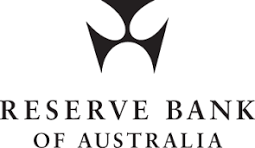About us
Salt & Shein is Australia's leading executive search and recruitment firm specialising in Corporate Affairs, Communications, Public Relations, Marketing and ESG.
For over two decades, we’ve helped organisations secure the right leaders and teams to protect their reputation, manage risks, accelerate growth and secure influence.

Our focus
Today’s Corporate Affairs, Communications, Marketing and PR leaders sit at the intersection of strategy, influence and growth. They shape public and political agendas, win stakeholder trust and unlock opportunities for brands to thrive.
With so much at stake, getting the appointment right matters. We've built our reputation on understanding what makes these relationships work, the chemistry between leader and organisation, the cultural alignment and the strategic fit that turns a good hire into a transformative one.
Corporate Affairs
Stakeholder engagement, government relations, regulatory affairs, public policy, investor relations.
Communications
Corporate, internal and executive communications, crisis and issues management, media strategy.
Public Relations
PR leaders and agency specialists who shape public perception, protect reputation and strengthen organisational credibility.
Marketing
Brand strategy, customer experience, digital marketing, integrated campaigns, CMO appointments, agency roles.
ESG
ESG strategy, reporting, stakeholder engagement, impact roles.
Services
We secure the Corporate Affairs, Communications, Marketing, Public Relations and ESG leaders who build stakeholder trust and competitive advantage.

Executive Search
Access leaders others can't reach through discreet market mapping and trusted relationships.

Permanent Recruitment
Build high-performing teams: from emerging talent through to senior appointments.

Interim & Contract Solutions
When timing is critical, we move fast for crisis response, projects and transitions.

Talent Advisory
Strategic counsel on succession planning, benchmarking and capability development.
Trusted by






























































